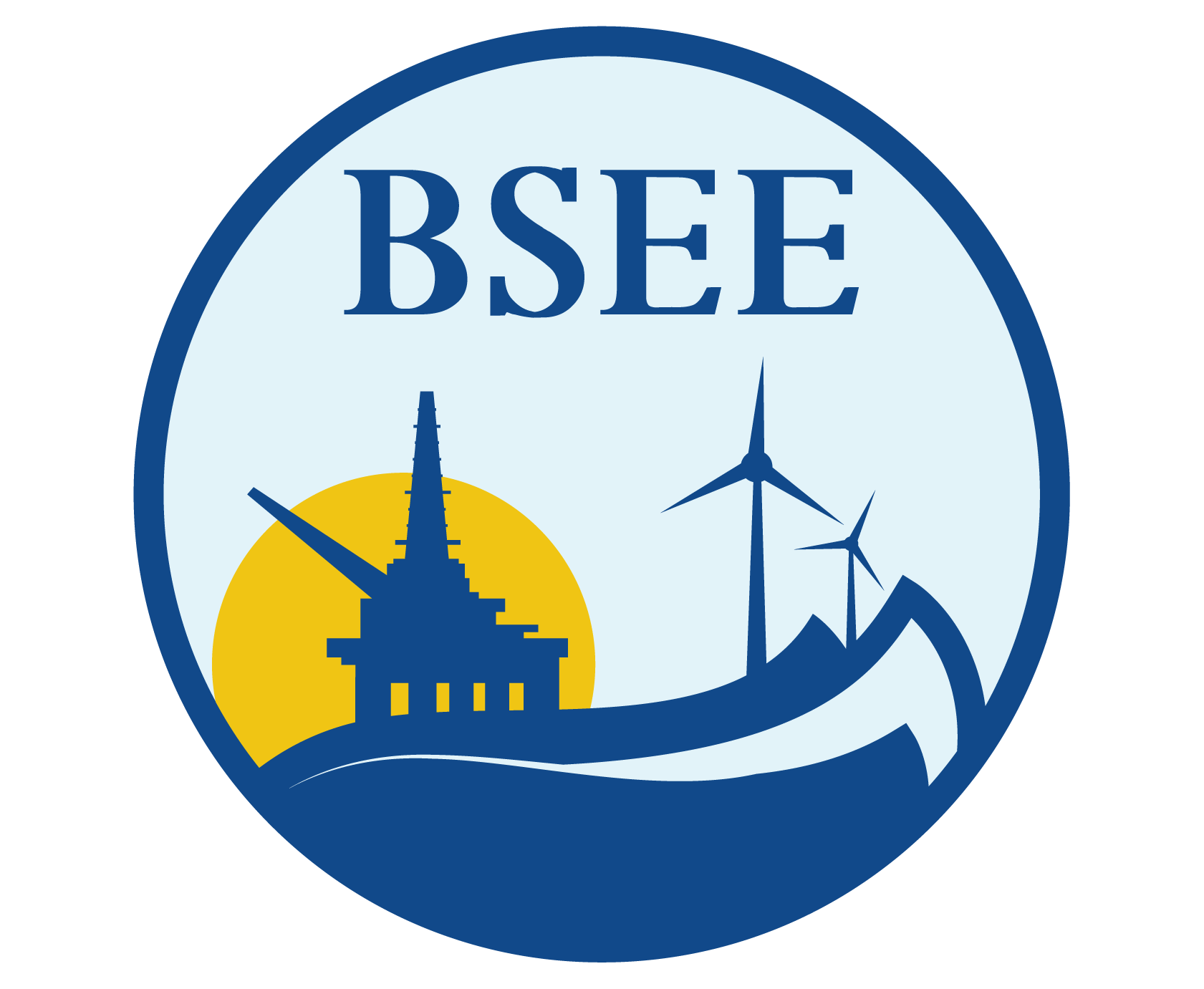TAP-602-Cement Fatigue and HPHT Well Integrity with Application to Life of Well Prediction
The objective of this project is to develop a better understanding of the performance of the casing-cement bond under HPHT well conditions leading to a model to predict well life.
Project Goals:
Description of the importance of cement fatigue to the life of HPHT wells
Lab procedures and prototype test cell to measure the performance of cement in cyclic loading under HPHT conditions
Model to predict life of HPHT wells
Recommendation for further work
